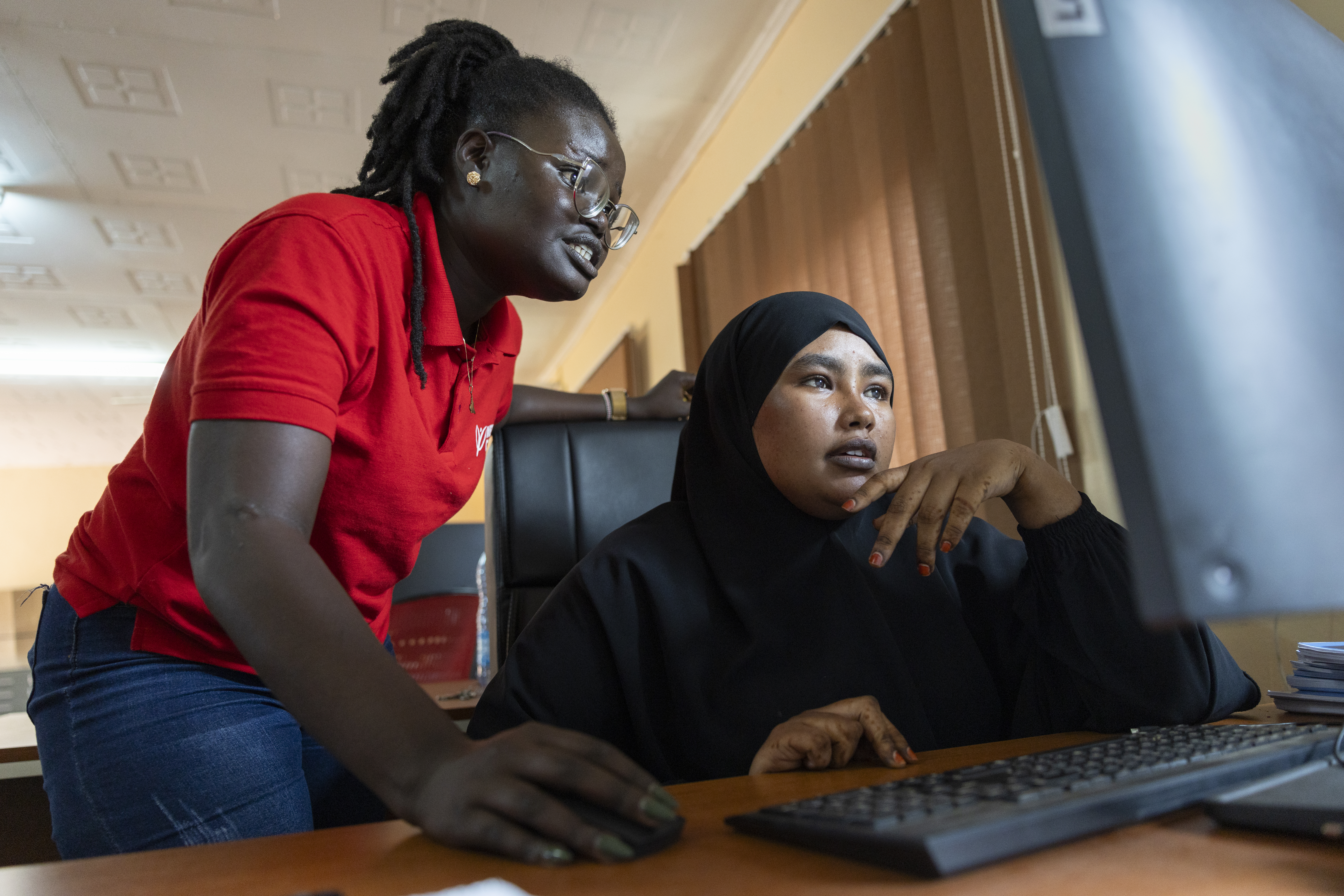Bamboo and bio-engineering interventions for mitigation of riverbank erosion
Floods are a major hazard in Nepal contributing to endemic poverty, an occurrence that is likely to increase and magnify due to climate change. The annual sharp rise of water flows followed by rapid recession causes high flow velocities and little lapse time between the start of the flood and its peak discharge. This leaves the population no or very short warning time when floods occur.
The ensuing flash floods damage agriculture land, crops, lives, property and livelihoods. Mercy Corps in Nepal has been working in the Far-Western Region since 2007 with local communities to prepare for such hazards. Interventions have included local capacity building and training, early warning systems, small-scale mitigation, education, and facilitation of coordination.
Primary problems faced by the communities supported by Mercy Corps are inundation of settlement areas and erosion of riverbanks. During the monsoon season, heavy rainfall upstream triggers flash floods, resulting in catastrophic situations for downstream communities in the plain areas. Floodwaters carry large amounts of sediment that causes the riverbed to rise, undercutting the toe of one bank while sediment accumulates on the other bank. The inundation situation is further aggravated by backwater when tributaries meet the bigger Mohana River.
Traditional measures for riverbank protection have been gabion structures — and communities living along the rivers expect continued support for these structures. These measures might be relevant in some river systems, but have failed in the rivers in the areas where Mercy Corps works. Gabion structures have proven not feasible in rivers with sandy, silty or loamy types of soil, as in the lower part of the Mohana River and its tributaries. As such, these structures cannot effectively solve the erosion problem.
Bamboo work for bio-engineering purposes was introduced as an alternative measure for bank protection. Using bamboo walls for protection — combined with plantation on the bank — stabilized riverbanks by preventing erosion and reducing shallow seated mass movement.
The bio-engineering plants used came in part from community nurseries established with the support of Mercy Corps. Priority was given to local species scrub, grass and trees to ensure ecological balance. Mercy Corps organized technical trainings (nursery management, bio-engineering techniques and quality control) for members of the community; and the communities contributed with labor for the nurseries, bamboo and all local material.
The technique was introduced along the Mohana River where currently, Mercy Corps is piloting sugarcane for bio-engineering purposes along a longer stretch of the river. The pilot initiated here is the additional proposed feature of introducing a plant species with the potential of generating income from harvesting the plant in addition to serving as a disaster mitigation measure.


